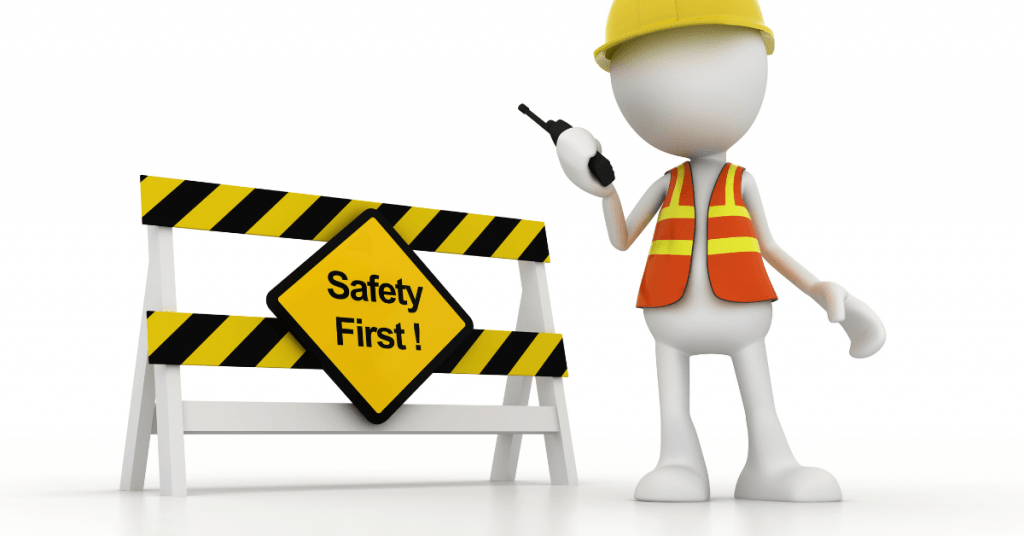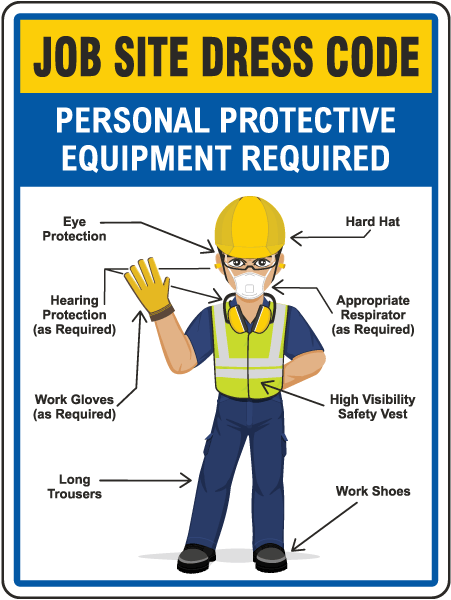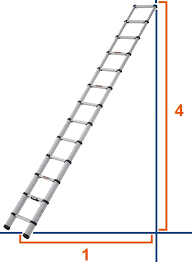Construction work is inherently dangerous. Injuries and illness in construction sites are very common for site workers. So, it becomes quite important for them to follow the safety tips for construction as it is said that “life can’t be bought by wealth”, and it is true!
According to ILO (International Labour Organisation), around 2.3 million women and men worldwide succumb to work-related accidents or diseases every year.
This corresponds to over 6000 deaths every single day. Worldwide, there are around 340 million occupational accidents and 160 million victims of work-related illnesses annually.
Why Construction safety is a must?

The first and foremost objective is to save lives, as “all human life is precious”, and prevent injuries, and harm at the site.
Workers keep their life and health at stake. Threats to their life can come from various sources like working at height, electrocution, machinery failure, contact with hazardous and toxic materials and, accidents.
So, managing safety and health accident is an integral part of the construction industry. Even organisations hire a team of safety officers (who are well versed in safety training and education) on the sites to take care of all the safety measures, whether the safety norms are followed or not.
In the case of natural calamities, they give a prior warning and halt the ongoing work.
How can we minimize the number of fatalities?
Here, we have compiled some of the basic but crucial safety tips for construction safety. Following these tips may reduce injury rates and make construction sites safer, more secure and happy places to work.
1. Personal Protective Equipment

Personal Protective Safety Tips for Construction
A construction site is very prone to accidents, and the workers are the one who suffers the most in that hazardous situation.
These hazards may include injury to the eyes, limbs and other body parts; mechanical and electrical failure can be hazardous too, and even worker fatalities. So, it is very important for each and every worker to wear Personal Protective Equipment (PPE).
To minimize injuries from such accidents, the workers are required to wear gloves, safety glasses (safety goggles), knee pads, earmuffs, hard hats, respirators and vests whenever needed.
The protective gear must fit the workers and should be kept clean. The workers are also required to be aware of when and where the safety equipment is used. It might seem like it is normal to wear the proper safety gear, but it is very crucial.
Simple preventive measures can eliminate many injuries related to electrical, mechanical, chemical, physical and radiological mishappenings.
2. Follow Environmental Guidelines
It is also important to follow environmental guidelines. Environmental hazards are more common in winter and rainy seasons. The scorching sun towering over the site also causes hazards to the workers.
Hence, it is important to take the necessary measures to avert injuries caused by nature’s ill moods.
The construction manager should take responsibility in such a situation and should be ready even to halt the work if required.
Finally, in the case of Force Majeure events, the onsite construction is best left entirely suspended.
3. Keep the Work Area Clean
A clean site is a safe site and can prevent many injuries. A clean construction site reduces the risk of accidents and increases fire safety.
Construction sites are known for every kind of hazardous material and the rubble they produce. And by implementing the following rules, you can see a reduction in slip and trip accidents and near misses on your project:
- Designate an area for rubbish and waste.
- Stack and store materials safely.
- Maintain a safe work area.
- Keep access routes clear.
- Put tools away when you’re done.
- Don’t let cables trip you up.
- Avoid fire risks.
4. Ladder Safety

Ladder Safety Tips for Construction
Ladders are great pieces of equipment. It is one of the most mandated tools which is used at every construction site. However, it may threaten an individual’s safety if not used correctly. So, it is important to ensure the proper use of ladders in workplaces.
The following precautions can be taken while using a ladder:
- Choose the right ladder.
- Check for damages or issues before each use.
- Ensure physical capability of using a ladder.
- Set up the ladder on a flat and stable surface.
- Never lean or reach away from the ladder.
- Always maintain a three-point of contact. (i.e two hands and one foot, or two feet and one hand).
- Only take small items up or down a ladder.
- Apply the 1:4 rule.
- Be cautious while climbing up or going down.
5. No crowding inside the site perimeter
A construction worker must give excessive physical effort and care to the project. Naturally, cooling sessions are extremely important on the construction site.
Although it is usual for the workers to crowd around new equipment and machinery, the construction manager should make sure that this doesn’t become a habit.
To put it simply, crowds are noisy, and the subtleties of the work will get overlooked easily. To prevent this, follow the easiest of the construction site safety measures – NO CROWDING.
6. Lifting Precautions
Lifting is a laborious task, and lifting heavy equipment is a major part of the construction job. No matter how careful the workers are, there can still be room for improvement.
Lifting hazards can be paralyzing and even fatal. So, it is important to keep a check at every step.
You can follow the below points:
- Following proper lift techniques.
- Understanding one’s own limitations and asking for help.
- Making use of innovations in construction technology.
7. Risk Management System
It is the systematic process of analysing, identifying and responding to project risks. It consists of maximizing the chances and the impact of positive events while minimizing the probability and the impact of negative events in order to meet project objectives.
Building guard rails and routinely checking the stability of every scaffolding, providing eye protection, protective gear, and other safety equipment, and hanging safety nets are some of the ways to prevent workplace accidents.
The potential risks can also be reduced by having the following institutions:
- Proper analysis of previous accidents.
- Having an emergency response system.
- Having a personal fall arrest system for every mounted.
Even if everything goes according to plan, there is still room for disasters. For example, workplace safety can be challenged by force majeure events such as earthquakes, hurricanes, and landslides.
Construction companies should be ready to deal with such unfortunate incidents. And for that, every construction company should have a risk management system to minimize loss.
Conclusion: 7 Crucial Safety Tips for Construction Workers
In short, if we match prior data on construction fatality rates and the current data. We’ll find the number has come down. It’s just with the advancement in technology, awareness among the construction industries and strict government policies played a crucial role in controlling the numbers.
We hope, the above tips would help by any means and could save many lives!
If you are a brand that wants to build its sites with the proper safety guidelines and measures, 91Squarefeet is your go-to solution. So, feel free to Contact Us or mail us at hello@91sqft.com.


